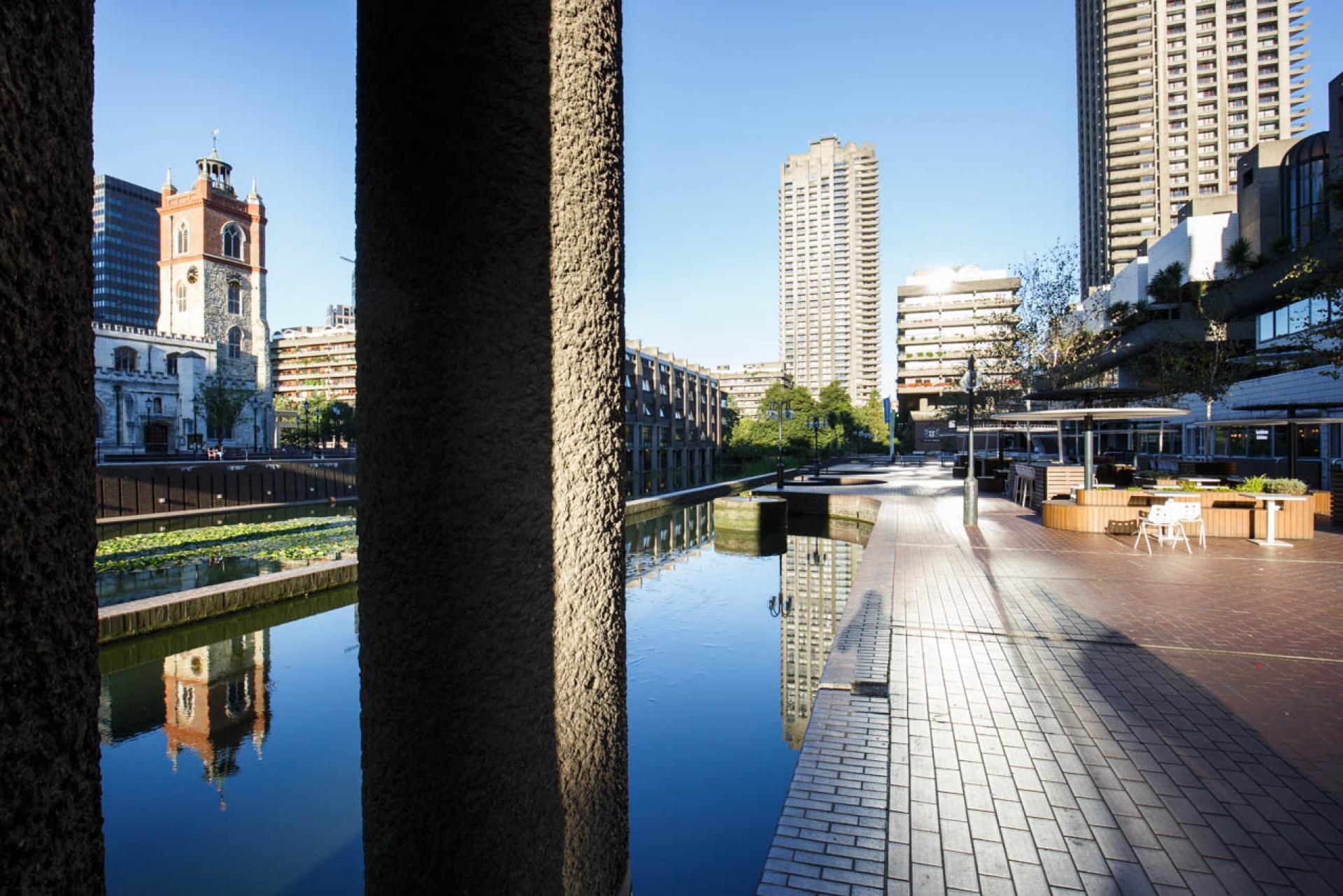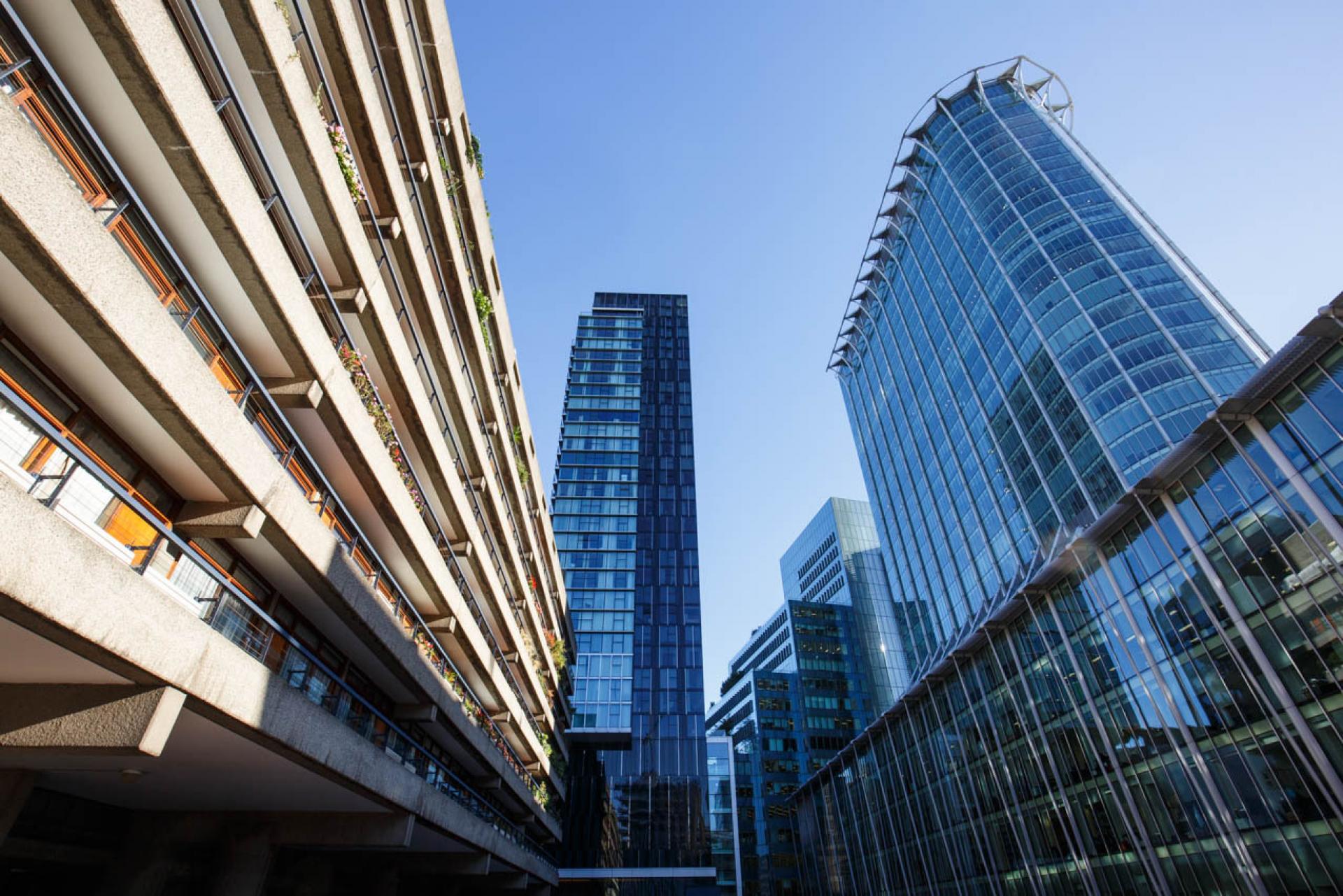Lost In Transition
“It was fun for a while, there was no way of knowing, like a dream in the night, who can say where we’re going. More than this – there is nothing.” - Roxy Music

Bill Murray is Bob; he is lost in the city, Lost in translation. Sofia Coppola’s movie is set in Tokyo, but its interpretation could be presented in New York, Paris, London. In each megapolis, which is endless in many ways, endless with advertising billboards, annoying light and sound pollution, endless with loneliness. Individuals are forced to spend hours in transportation systems where faced with complete individual isolation. Besides Tokyo, London, this happens as well in New York City, where due to expensive rents dwellers move to Queens or New Jersey. Similar processes are changing the center of Paris where the city is dwelled more or less only by its tourists.

The Shard dominates the skyline of London.
London is besides being an European centre of economic power becoming a huge construction site. Investors are catching the last breath of freedom for neoliberal flow of capital before Brexit will happen. The skyline is represented by skyscrapers, symbols of neoliberal power. Like the highest residential building in Europe, a 309 meters high Shard. Then there are some older skyscrapers like Leadenhall and Lloyd´s Building or the bizarre one nicknamed Gherkin. Just now has London 18 skyscrapers but since 2015 a construction of 119 new ones began. The capital investments are so growing in vertical. in such city the feeling of loneliness is even strengthened by the absence of appropriate public spaces and green areas. The future looks like Fritz Lang’s Metropolis, where the vertical city of skyscrapers host rich and vain individuals while the dirty and deserted streets are left for the poor.
But besides all this dominant verticals there must be more. There must exist an architecture that is constructed on a human scale parameters. Therefore I asked my London friend what building in this sense comes to her mind when I mention London to her. “Barbican!” was her answer immediately.

An area of 16 hectares in the middle of the influential City of London was completely destroyed during the Second World War. A dense brutalist complex was constructed on Corbusier’s example between 1965 and 1982. The residential part consists of three towers and 13 terraced blocks, with a population of 4,000 inhabitants.

A large central space between the buildings allows the design of green areas and a central pond. The complex is connected with pedestrian zone, while traffic is not allowed inside the complex. Residents as well as others are offered contents like the Barbican Cultural Center, the London City Museum, the Academy Guildhall School of Music and Drama, a library and school for girls. Due to its size it represents an unique example of brutalist architecture in England and therefore its also under monument protection since 2001.



As contemporary investor architecture is destroying the human scale, the public and the green areas are always at the extreme boundaries of permissible building construction. In Barbican the noise of traffic is capped at its edge, as accessibility is defined with pedestrian communication. Meanwhile we can still hear the birds singing in the green gardens of the concrete Barbican.

Brutalism which has always been the center of criticism in the past, has a nostalgic note in the case of today’s Barbican, as it still allows design with views, distances and green. A humanistic memory is reflecting Barbican in the glass facades of neighboring buildings. To live in investor architecture is a punishment where the individual can’t have any communication or interaction. Investor architectures are growing with no reflection or limits. More than this, there is nothing.
Photo © Domen Grögl